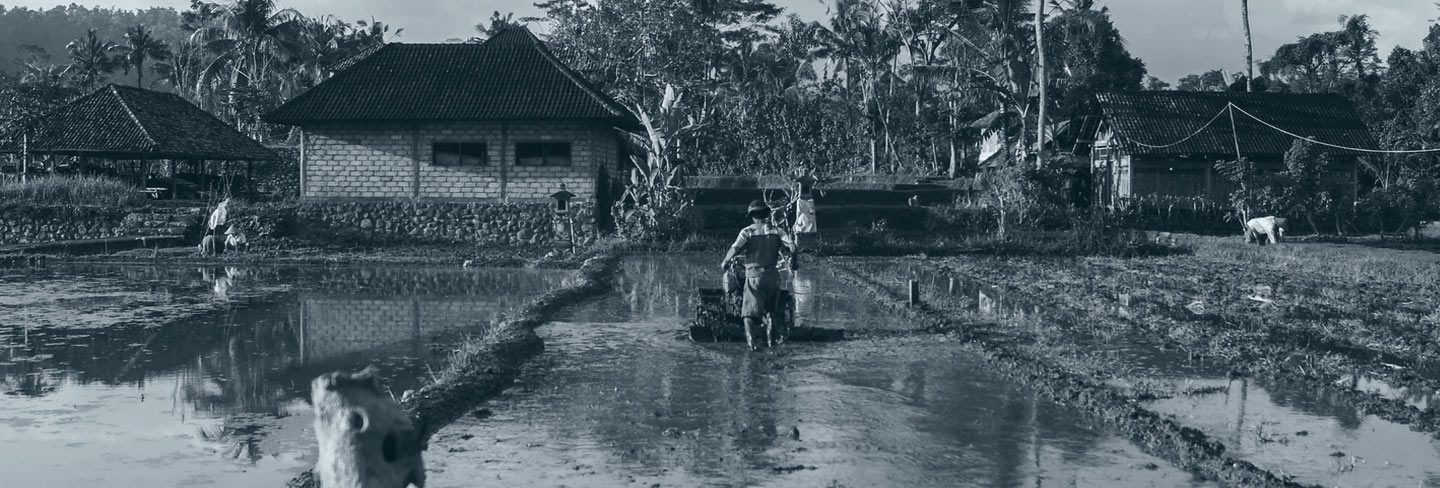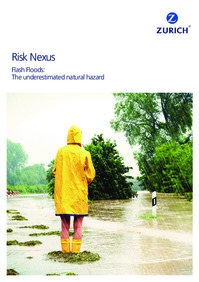Risk Nexus Flash Floods: The underestimated natural hazard
| Author: | Zurich Insurance |
| Language: | English |
| Published By: | Zurich Insurance |
| Published date: | 2017 |
×
Thank you for recommending this resource.
Share your resources

Are you working to better understand and build community climate resilience? Others can benefit from your knowledge.
Do you have any question?

Do you need practical advice on something not currently included in the climate solutions catalogue?



Comments